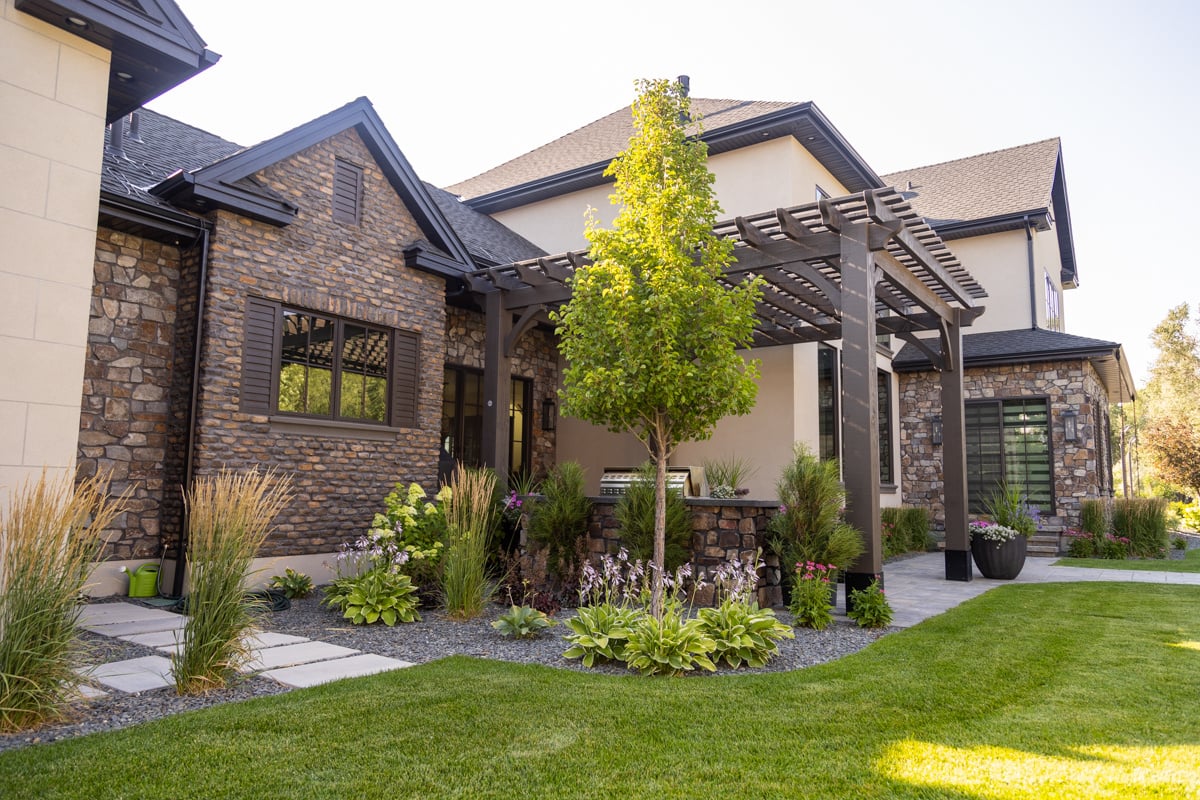
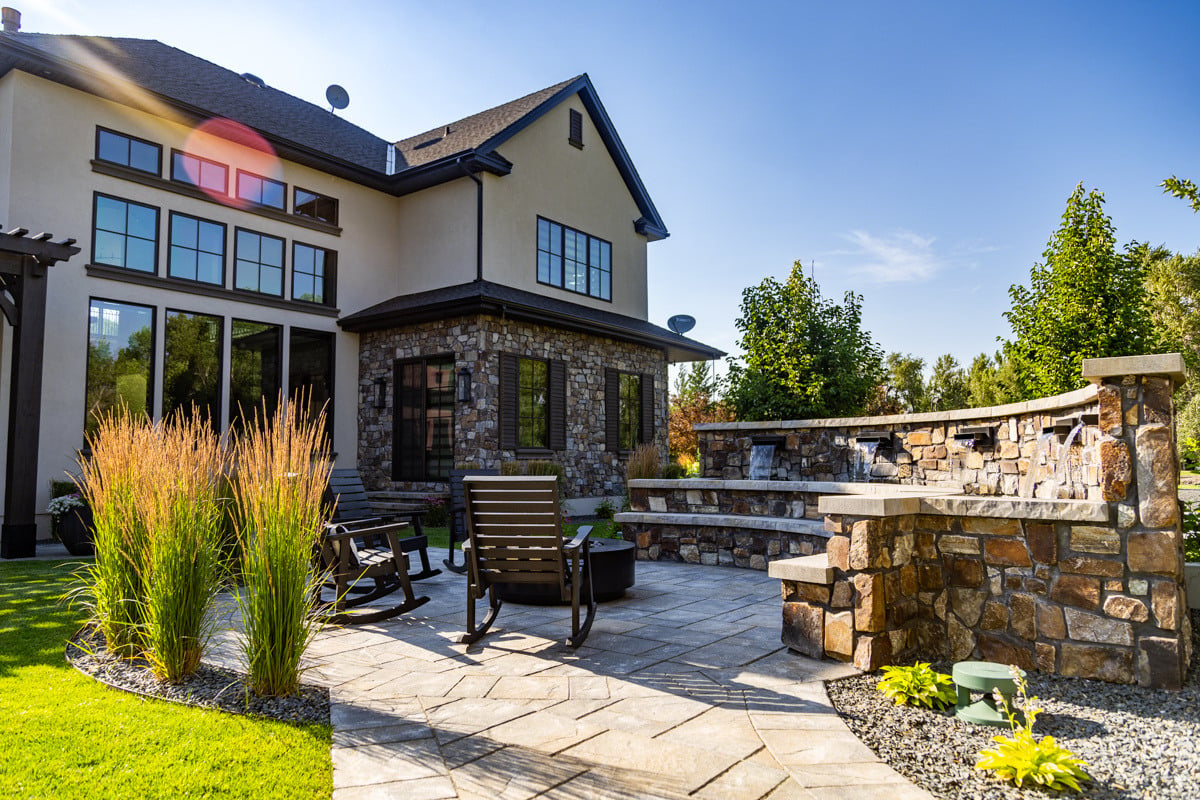
Landscaping for Small Backyards: Pro Designer Tips To Help You Live Large
Maybe you’ve been staring out at your small backyard and sighing over the lack of space out there.
Try looking at it through Kim Rubert’s eyes. She sees all sorts of potential.
Rubert, a landscape designer at Outback Landscape, knows any size yard can be a high-use haven with a smart, solid landscape design and some innovative small backyard landscape ideas.
Jump to Section:
- What’s the Best Way to Use a Small Backyard?
- What Are the Best Plants for Small Backyards?
- Use Smaller Varieties of Plants to Save Space
- Grow Upwards with Vertical Planting
- Focus on Function for Hardscapes in Small Areas
- Use Retaining Walls as Seating Walls
- Smart Fire Features Can Work In Small Spaces
- Using Portable Planters for Areas With Limited Space
- Designing a Private Retreat in a Big Yard
How do you design landscapes for small yards? Start with a strategic design. Use trees that grow up, not out. Focus on function. Don’t try to pack in too many features. Choose smaller dwarf varieties of shrubs.
Let’s learn more about landscaping for small backyards.
What’s the Best Way to Use a Small Backyard?
“A really important thing to consider is the functionality of a small yard,” Rubert says.
“What do they want to do back there? Do they want to entertain? Garden? Relax? It's important to really hone in on the homeowner's priority because we’re dealing with a small space.”
She’ll ask many questions about how you want to live out there. Then, Rubert will prioritize your needs to help design a space you’ll use and enjoy.
But it’s important to “scale plants and furniture appropriately,” Rubert says.
We’re talking about small spaces here, so a full outdoor kitchen is probably out. But a designated grilling space will work.
Huge outdoor seating areas are out. But plenty of smaller-scale seating options can fit the bill.
“We want to create the illusion of space,” Rubert says. “We want to be careful about putting anything large or visually demanding in the space because it may overpower the feeling we’re trying to create.
“We want to be careful not to be too busy either,” she says. “We don't want the space to be overwhelming.”
Rubert says that the best landscaping always starts with an expertly designed plan.
Begin with a landscape design created to scale, and you'll know exactly how much space you have. Then, there’ll be no surprises as you work on the best way to fill that space.
A design ensures you don’t stuff too many plants into a small yard. You’ve already decided exactly what’s perfect and stick to the plan.
Some things will get too big when they’re full grown, and you would have to rip them out, Rubert says, which is a huge waste of great plant material, time, and money.
“A great designer can pull the elements together in a way that works well,” she says.
What are the elements? Let’s take a look:
What Are the Best Plants for Small Backyards?
No sprawling maples need apply, but Rubert has many tricks for incorporating lush and lovely plants when landscaping a small backyard.
Use Smaller Varieties of Plants to Save Space
Use dwarf shrubs, perennials or ornamental trees that stay on the small side so they don't overwhelm your yard. Some of the most appealing plants out there are small:
Dwarf Mountain Ash tops out at about 13 feet and offers pretty white flowers in the spring and fall berries that birds love.

Dwarf Korean Lilac is a small beauty. Its purple buds transform into pretty lilac flowers that smell wonderful.
‘Little Devil’ Ninebark is the dwarf version of Rubert's favorite ‘Diablo’ Ninebark. It has the same stunning deep purple foliage but reaches only 3-4 feet tall, making it perfect for landscaping for small backyards.
‘Ivory Halo’ Dogwood is prized for its colorful stems, variegated foliage, and compact size. This dwarf dogwood has brilliant red winter stems and showy, light green leaves with creamy white margins. It’s smaller than many other dogwoods, making it perfect for landscaping a small backyard.
Grow Upwards with Vertical Planting
“We can still obtain height with our trees and other plant material without using something that will be too large for the space,” Rubert says. “Trying to go more vertical is ideal for helping a space not feel cramped."
There are several ways to coax your plants to grow upwards, rather than widely. This is a great idea when landscaping for small spaces. Plant pretty flowering vines on a trellis or fence. A couple of Rubert favorites include:
Virginia Creeper
This fast-growing vine adds vibrant color to your small outdoor space. As the seasons change, watch the leaves transition from a lush green to a brilliant orange in the fall.
‘Sweet Autumn’ Clematis
This popular clematis is a vigorous climber that adds a touch of elegance and privacy. Its delicate white flowers create a stunning contrast against the lush green foliage.
Columnar trees that grow up instead of spreading out add beauty and majestic height without taking up too much space. They’re perfect for landscaping for small backyards.
A few great choices:
- Swedish Aspen
- Columnar Norway Maple
Chanticleer pear trees aren’t exactly columnar but are narrow, taking up less space than most trees. The payoff? Dazzling white flowers in early spring.
But you’ll want more than just these tall growers, Rubert says.
“We want to couple this with additional layered planting, so it doesn't feel like all the vertical elements are a wall,” she says.
Think variety — a mix of plants with different shapes and textures:
‘Gold Mound’ Duranta offers vibrant golden spring foliage, clusters of pink flowers and show-stopping bright yellow-orange foliage in the fall.
Add texture and shape with hosta, a small-yard workhorse with impressive leaf colors like variegated white, lime green, and blue green. The leaves are like garden artwork, ranging from smooth to narrow, ridged, and heart-shaped.
Karl Foerster grass creates a stunning vertical effect with feathery stalks that emerge reddish brown in spring and turn golden in fall. Its seeds are sterile, so they won’t produce many unwanted seedlings, a bonus when landscaping for a small space.
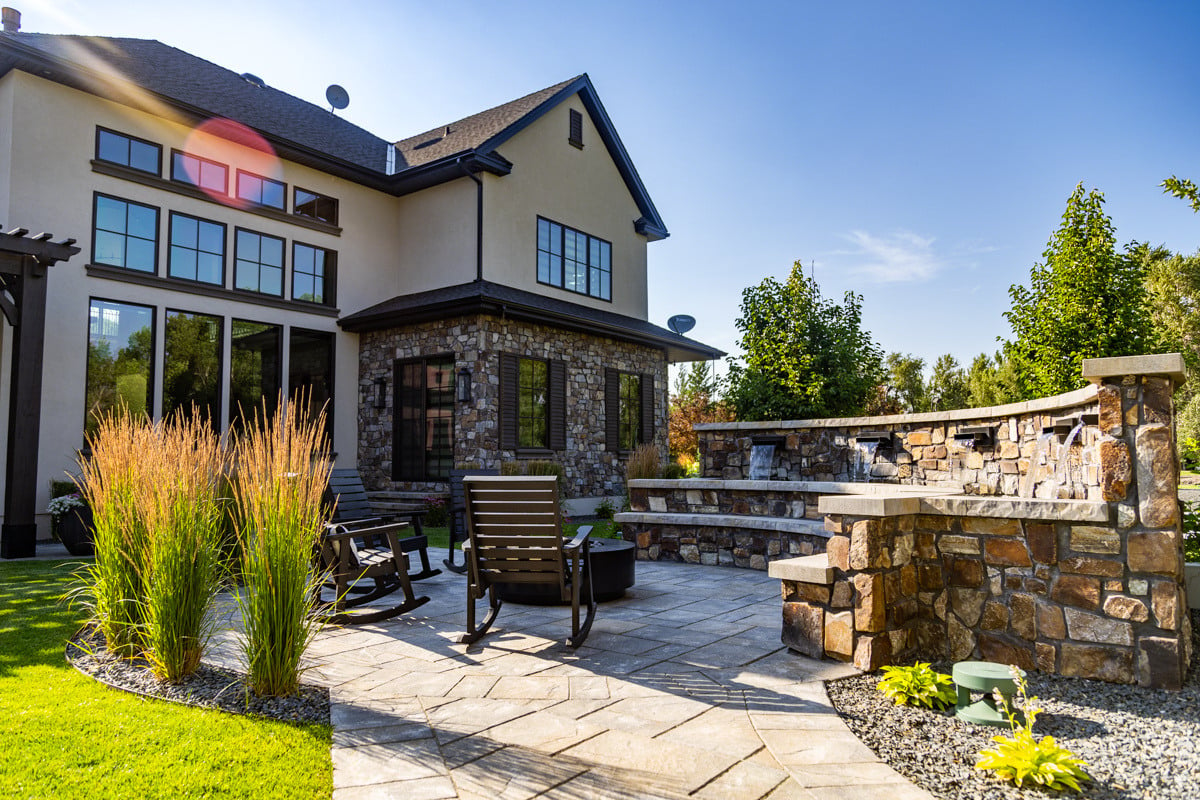
Known for its striking foliage, heuchera, also known as coral bells, has leaves that are often large and heart-shaped or rounded, and many are variegated or ruffled. They come in various colors, from lime green to purple to coral.
Zebra Grass is a striking variegated grass with interesting yellow horizontal stripes. It grows about 5 to 8 feet tall and 4 to 6 feet wide. In late summer, watch for a pale pink plume to emerge.
Focus on Function for Hardscapes in Small Areas
Hardscape is one of the few features Rubert includes in every landscape design in Boise and Idaho Falls, regardless of size.
What’s the best way to use a small backyard? Create a patio you’ll use and love.
Patios can loom large, with separate levels, steps, terraces, and outdoor rooms for different purposes.
But a patio can also be a cozy, intimate spot, perfect for romantic candlelit dinners or serene morning yoga.
Even a small patio is the center of your outdoor living, so you want it to be exactly right.

“Being either too large or too small so that the space doesn't function well is something we want to avoid,” Rubert says.
That’s where her strategic planning pairs with your honest communication about how you want to use the space.
Use Retaining Walls as Sitting Walls
Let your landscaping elements pull double duty when looking for small backyard landscape ideas.
Retaining walls work great as seating around a patio or in a garden. It’s a smart way to conserve space, and the extra seating is an appealing landscape feature.
Smart Fire Features Can Work In Small Spaces
You don’t need a massive built-in fire pit to enjoy the warmth and flicker of flames.
Portable fire pits and tables are a perfect fit for landscaping small spaces.
Tiki torches are a smart solution, too — they take up little space but offer a fun tropical vibe.
Using Portable Planters for Areas With Limited Space
While a garden bed has to stay put, planters can scoot out of the way as needed and add vibrant color and texture when landscaping for small backyards.
While the plants are the stars, the planters, whether sleek, modern cylinders or elegant, curvy urns, can pack a landscape design punch, too.
Designing a Private Retreat in a Big Yard
Maybe you crave a small-space feel in a sprawling backyard.
Plants can offer great privacy screening to create a secluded backyard haven:
Green Giant arborvitae is a vigorous, fast-growing evergreen that can grow as much as three feet per year. Once established, its rich green foliage is resistant to wind and can withstand heavy ice or snow.
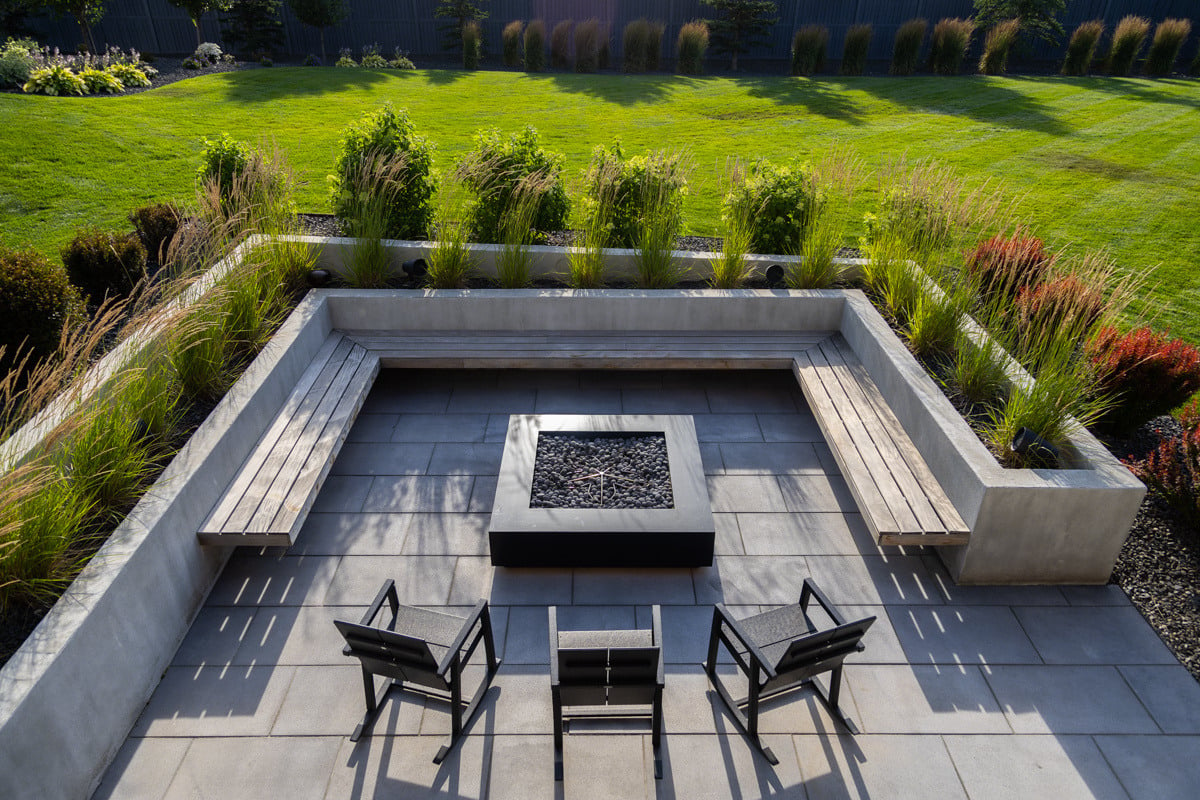
Red Twig dogwood is deciduous, so it’s a good choice if you’re primarily concerned about privacy in the summer months, but you’ll be rewarded with its striking red twigs in the winter.
Maiden grass offers excellent privacy with its full, fluffy growth, 5 or 6 feet tall and 4 to 5 feet wide.
North Privet creates a fast-growing hedge, up to 3 feet per year. Its dense, dark, glossy green foliage makes a nice backdrop for colorful annuals or perennials for that layered look Rubert loves.
How to Design Landscapes for Small Backyards? Trust Outback
What’s the best way to use a small backyard? Make every inch count, starting with a skilled, creative landscape designer who will help you define the way you want to live out there, then wow you with innovative small backyard landscape ideas you’ll love.
Outback offers expert landscape design, construction, maintenance, irrigation and lighting services to enhance any property, regardless of size.
Outback Landscape is a full-service landscaping company offering landscape design in Boise and Idaho Falls.
We install beautiful, functional landscapes and stay with you for the long haul, taking care of your property through all four seasons.
We serve residential and commercial properties in Idaho Falls, Rexburg and Pocatello, Idaho, and Bonneville, Madison and Bannock counties. Call us at 208-656-3220 or fill out our contact form to schedule a no-obligation meeting with one of our team members. We can’t wait to hear from you.
If You're Looking For a Sign, This is It.
Seriously, that lawn isn't getting any better on it's own. Mrs. Jones just called the HOA on you
.jpg?width=480&name=Chase%20Coates%20Team%20Portrait%202%20(2).jpg)
Chase Coates
Chase Coates is the owner of Outback Landscape in Idaho Falls, Idaho.

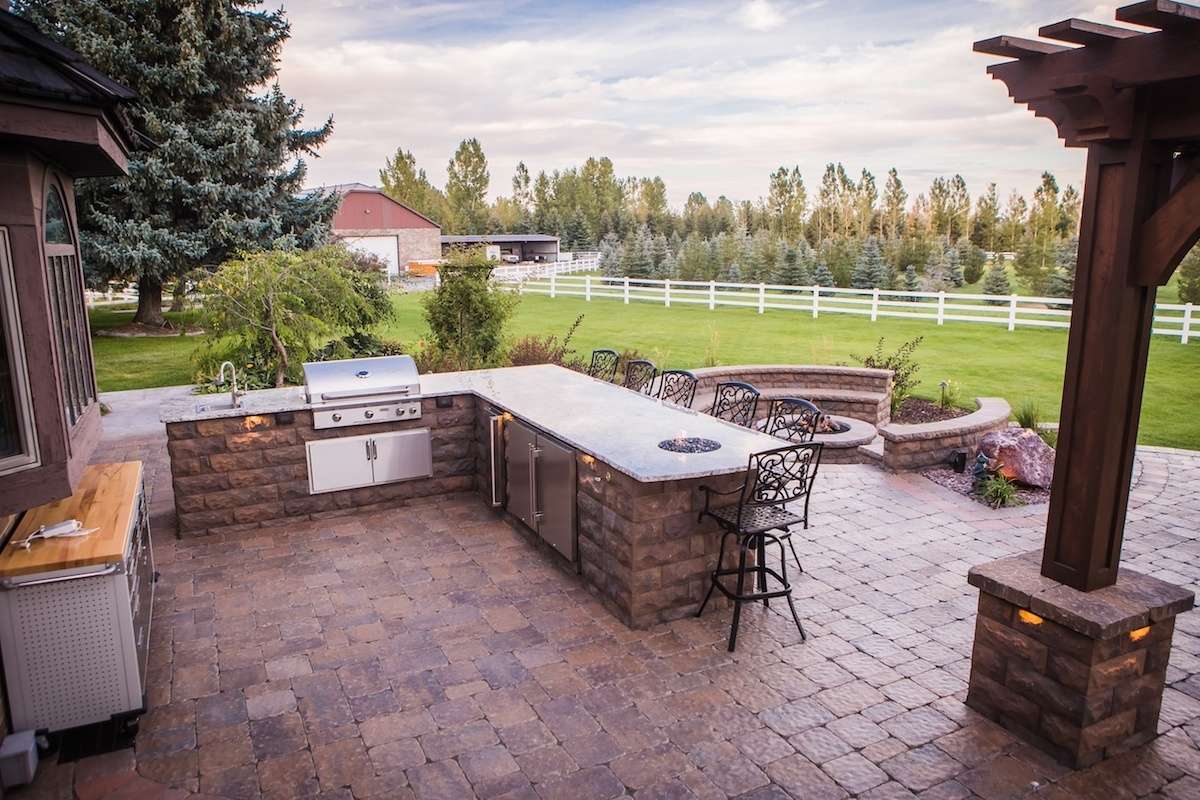
Brick Pavers vs Stamped Concrete: Pros, Cons, and Costs
.jpg)


